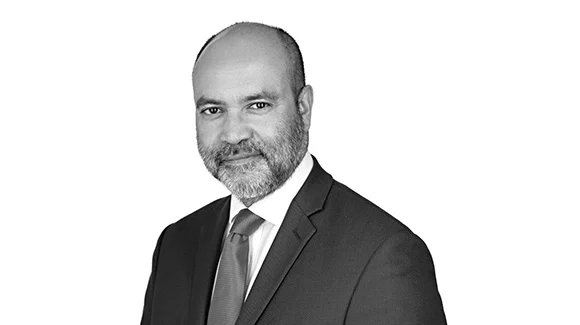Most people will want to at least maintain their standard of living into retirement. They may also have additional things they need to pay for like that holiday of a lifetime. But not all retirees will be able to achieve these goals without taking some element of risk.
In future, retirement advice clients, who might once have enjoyed generous defined benefit pensions, are not only likely to be more reliant on defined contribution pensions and other savings for generating retirement income, they may also find they don’t have as much as they might hope to meet their aspirations.
Against this backdrop, it might seem logical to focus on maximising investment returns to give clients the best chance of achieving their goals. But pursuing higher returns means taking greater risk and risks falling even further short of what the client needs. Getting the right mix of risk and return is a delicate balancing act with potentially high stakes.
While clients might not have a complete picture of their retirement needs, advisers can create a working plan of what income clients will require and what legacy they might want to leave. From this they can calculate the target return a client needs to achieve their retirement objectives. The aim of the investment approach should then be to deliver this return with as much certainty and consistency as possible, while balancing risk. The approach will need to take enough investment risk to give the client a chance of earning the return they need but not so much that it creates the possibility of a significant shortfall against objectives.
Striking a balance
It’s not always clear how best to achieve this. Imagine I need a very low rate of return to achieve my objectives. What approach should I take? Do I take investment risk believing I’m very unlikely to not be able to achieve that return in the long run? Or do I lock into a strategy that secures me that return such as an annuity or a dedicated fixed income portfolio, investing any surplus assets freely?
The starting point for thinking about investment risk is often volatility. When looking at the success of retirement income strategies it’s certainly true that delivering the same return with lower volatility improves income sustainability. But if in reducing volatility we also reduce return we may find we have undermined sustainability because we’re not earning enough to meet the objectives.
What’s really driving retirement risk?
When we look at what really damages income sustainability, we need to look beyond simple volatility to downside risk. Retirement strategies come unstuck when we are forced to make withdrawals when asset prices are depressed. Looking at how far a strategy might fall is another useful measure of risk. Many of the tools that assess retirement risk use the concept of maximum drawdown or Value at Risk (VaR). These measures look at the actual or expected loss from peak to trough of a strategy and provide some indication of how big a loss we might be exposed to. Clearly, the bigger the potential loss, the more damage could be done by making withdrawals that compounded this loss.
A big loss might not be much of a problem if I recover from it quickly since I wouldn’t be making many withdrawals when prices are depressed. What would really cause a problem is a sizeable fall from which it takes a long time to recover since I would be continuing to make withdrawals while prices are low, compounding the initial loss.
Managing retirement risk
There is no right way to manage retirement risk. Different advisers will have their own preferences. Not all options will be available for every adviser’s clients. Using natural income can limit the need to make capital withdrawals and thus avoid running into the issues outlined above – but will not work for everyone. Combining investments and secure income can help mitigate poor outcomes but some clients may not be willing to forego access to capital. For those that do need to fund income from drawing down on capital, greater consideration needs to be given to risk and, we believe, the potential downside risk and speed of recovery.
Our analysis suggests that certain equity strategies may have better “bouncebackability”. That is, they tend to recover more quickly after a fall. Equity income and quality equity strategies tend to exhibit lower volatility, lower drawdown, and quicker recovery than other equity strategies. Conversely, some lower volatility investment approaches such as private markets and smoothed return funds, may still be subject to downside shocks but can take a long time to recover and may not offer the income sustainability one might expect.
Changing mindsets
Moving from an investment approach that focuses on maximising returns during accumulation to one that balances risk and return during decumulation can mean not just a shift in investment strategy but a change of mindset for the client and their adviser. Success is no longer about maximising wealth, but rather delivering the return the client needs to achieve their objectives.
When markets are performing strongly, clients and advisers following this approach might fall victim to the investment equivalent of FOMO (fear of missing out). They may have earned the return they needed to meet their objectives, but they could have earned more. We think it is important to educate clients to understand that retirement income investing is as much about managing risk as it is about generating reward. Building an achievable plan and measuring progress relative to that plan should help clients better understand the value the adviser is adding than judging them by whether they’ve managed to pick the best funds.



